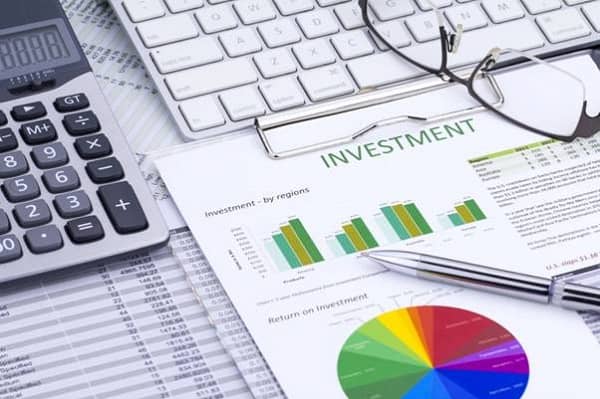Whether you’re a seasoned trader who knows the stock market in and out or just starting out, you know there are plenty of ways to make money in the financial markets. One increasingly popular option is contract for difference (CFD) trading.
Contents
What Is Contract for Difference Trading?
A CFD is a financial instrument that allows you to speculate on the price movement of an asset without actually owning it. Instead of buying the asset itself, you agree to exchange the difference in price between the time you open and close your position.
For example, if you believe the price of stock U will rise, you can buy a CFD on Stock U. If the price goes up when you close your position, you profit from the difference. Conversely, if the price falls, you’ll incur a loss.
Before you get started on this line of trading, you need to know how CFDs work. You can start by checking out a comprehensive overview of CFDs, which you can find on legit trading platforms.
These takes from experts can give you a solid understanding of different aspects: from leverage to spread, all the way to technical analysis and making sense of market sentiment. This can help you make informed trading decisions and manage risks effectively.
CFD Trading Strategies
To make the best of CFDs, you must know the different strategies that are commonly used by pros. Here are a few popular approaches:
Scalping
This is a high-octane trading strategy that targets rapid price fluctuations. Scalpers aim to make small profits on multiple trades throughout the day.
How it works:
- Identify volatile markets: Scalping thrives in markets with high liquidity and frequent price movements.
- Use technical indicators: Scalpers rely heavily on technical indicators like moving averages and oscillators to spot potential entry and exit points.
- Act fast: Decisions need to be made quickly as market conditions can change rapidly.
Example: A scalper might buy a CFD on a currency pair when it shows a bullish divergence on a technical indicator. They would then close the position when the price moves a few pips in their favor.
Scalping is risky because you’re betting on tiny price moves, and one big loss can wipe out your gains. Plus, you’ll probably pay more in fees because you’re trading so much.
Day Trading
Day traders focus on capturing profits within a single trading day. They analyze market trends and patterns to identify potential trading opportunities.
How it works:
- Market analysis: Day traders use technical and fundamental analysis to identify potential trading setups.
- Position sizing: Day traders often use position sizing techniques to limit potential losses.
- Trade management: Setting stop-loss and take-profit orders is essential to protect profits and limit losses.
Example: A day trader might buy a CFD on a stock after a bullish breakout pattern forms on the chart. They would monitor the price throughout the day, adjusting their position based on stock market movements.
With day trading, one minute, you’re soaring high, and the next, you’re plummeting. You’ll need plenty of time and energy to keep up, and a strong stomach to handle the ups and downs.
Swing Trading
Swing trading focuses on capturing price swings that occur over several days or weeks. It’s a balance between short-term trading excitement and long-term investment perspective.
How it works:
- Identify trends: Swing traders look for assets that are in clear uptrends or downtrends.
- Technical analysis: Tools like support and resistance levels, moving averages, and oscillators help identify potential entry and exit points.
- Fundamental analysis: Understanding the underlying factors affecting the asset’s price can enhance decision-making.
Example: A swing trader might buy a CFD on a stock after it breaks above a key resistance level. They would set a stop-loss below the recent low and a take-profit target at a potential profit level.
Swing trading isn’t as demanding as day trading, but you still need to keep an eye on things. Markets can be unpredictable, so be ready for sudden changes.
Position Trading
Position CFD traders take a long-term view of the market, holding assets for months or even years. They focus on fundamental analysis to identify undervalued or overvalued assets.
How it works:
- Fundamental analysis: Position traders delve into company financials, industry trends, and economic indicators to find investment opportunities.
- Long-term perspective: Patience is key as position traders aim to benefit from long-term price appreciation.
Example: A position trader might buy shares of a company with strong fundamentals and a growing market share, expecting the stock price to rise over time.
Position trading isn’t for the faint of heart. Prices can bounce around a lot, and you’ll miss out on quick wins while you wait for your investments to pay off. But if you understand how the economy works, you’re more likely to make smart long-term choices.
Conclusion
CFD trading can be a lucrative opportunity, but it also carries significant risks. Understanding the CFD market, choosing the right trading platforms, and implementing effective risk management can be key to your success as a trader. Remember, no strategy guarantees success. Go for one that’s the perfect fit for your time commitment, risk tolerance, and trading style.






